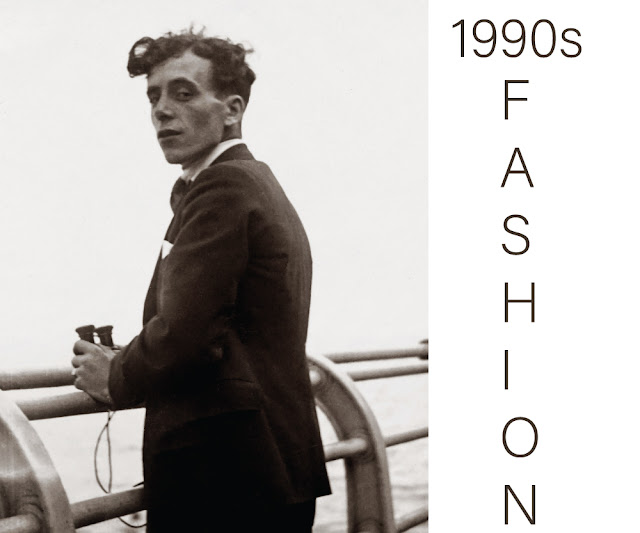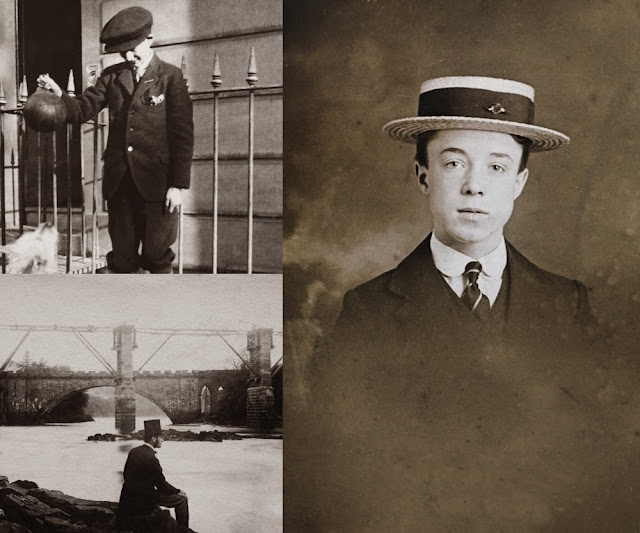Real History Of Men's Fashion 1990-1990
Apart from the fact that many parts of the suit so far may not have changed since its inception, there is a definite uncertainty in the suitability of the suit from 2020 compared to the 1980s or 1940s suit.
1900's men's fashion Suite
The expression "suit" is derived from a French idiom. which means "to follow." thus, the coat follows the gene or other surrounding mechanism. Therefore, a suit is a mixture of clothing and other jeans in conjunction with texture. It’s hard to shade the fabric of the garments very similarly, but moreover the texture of the texture.
To be fair, Brummell may not have been the first to develop a wardrobe of exemplary French men, due to the fact that at the time, the more traditional dress was no longer popular. French men's clothing was associated with the French Transformation, and the people who wore it were now beheaded by a guillotine.
Over time, Playmate Brummell undoubtedly promoted a new, less decorative style. While the top and bottom half of Lover Brummell’s outfits haven’t been a big game, the whole frame and shading system that silenced laid the foundation for a decision-making suit, to the point where we might be concerned today.
At the beginning of the Victorian era (which lasted from 1837 to 1901), all of the above clothing that a man could not wear was a coat of mail. It was the basis of a black coat that looked like modern jackets. It had a backyard and a double or double breast. As the length went down, it went right down to the knees; that’s why it takes on the back of a jacket. While one-breasted translation of the dress was common, the translation of the two breasts was legal (also named by Albert Albert).
Later in the Victorian era, the coat was actually divided into two distinct parts. At one point, we had a morning coat that kept the tails; also, we had a house suit lost to them. While the morning suit held its length, it currently had open chambers unlike the closed seat of the jacket, always freshly held alone, and no longer suckled twice.
At that time, it became a staple of formal formal attire - but to this day and to this day, it is even more formal, often worn at royal weddings or public weddings. In Britain, you may still see an everyday man wearing a morning gown at his wedding, but in the US and outside Britain, it is often done at certain extreme gatherings, be it people who like model men's clothing or for reasons that they have a certain status in the public eye.
1900's men's fashion history
The Men's Design-based layer is divided into four sections that follow the style of the men's wardrobe from the time of Lover Brummell, making a model of refined men and dandy, in "designing" patterns in the mid-1990s. The first phase (1760-1850) follows the period of tail and dress, the rise of the pantaloon and the impact of Anglomania on European construction.
Men's style in the European subcontinent, and the effect of rapid clothing is discussed in the Second Level (1850-1914). Phase Three (1914-1940) presents the jersey style and minimal departure of the suit and vest as part of the post-World War II liberation movement and the emancipation, and follows a complete change to the New Order and the new American taste.
The chaos after The Second Great War is portrayed to a certain extent (1940-1990) from zoot suits, driven by black American jazz scene, to London style 60s, Pierre Cardin and a new French style, the rise of Italy, and nonconformist styles and problems of the 70s.





0 Comments